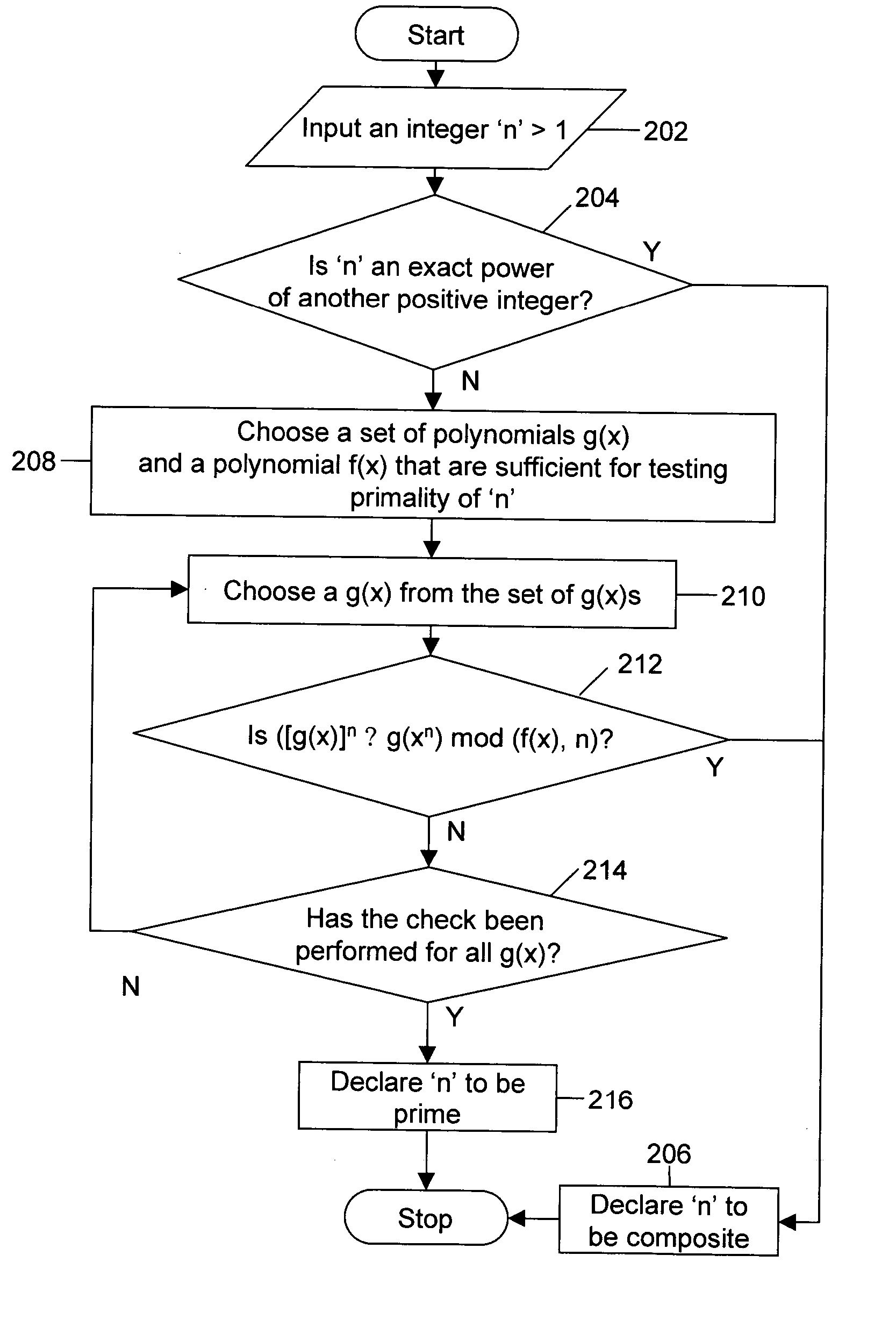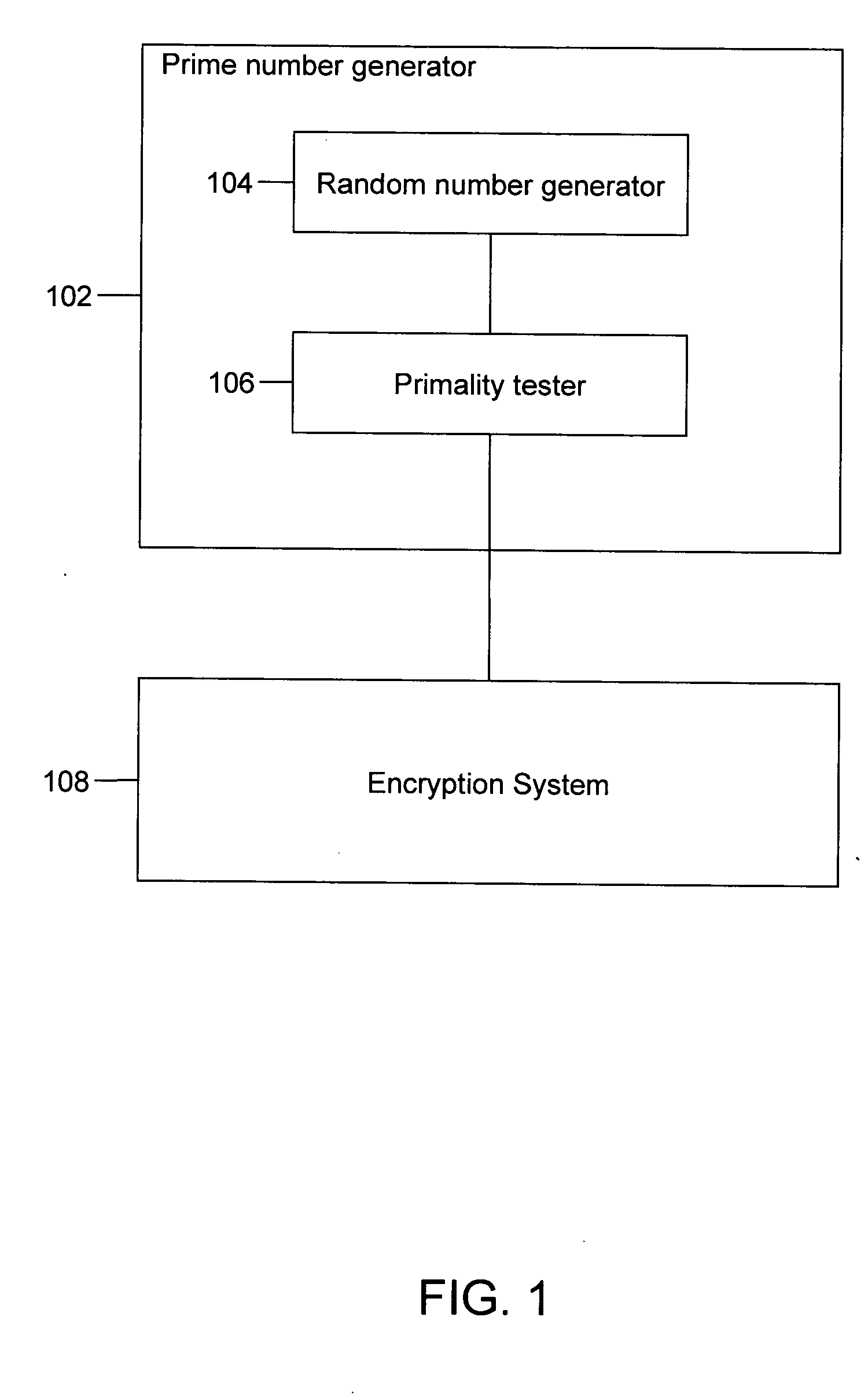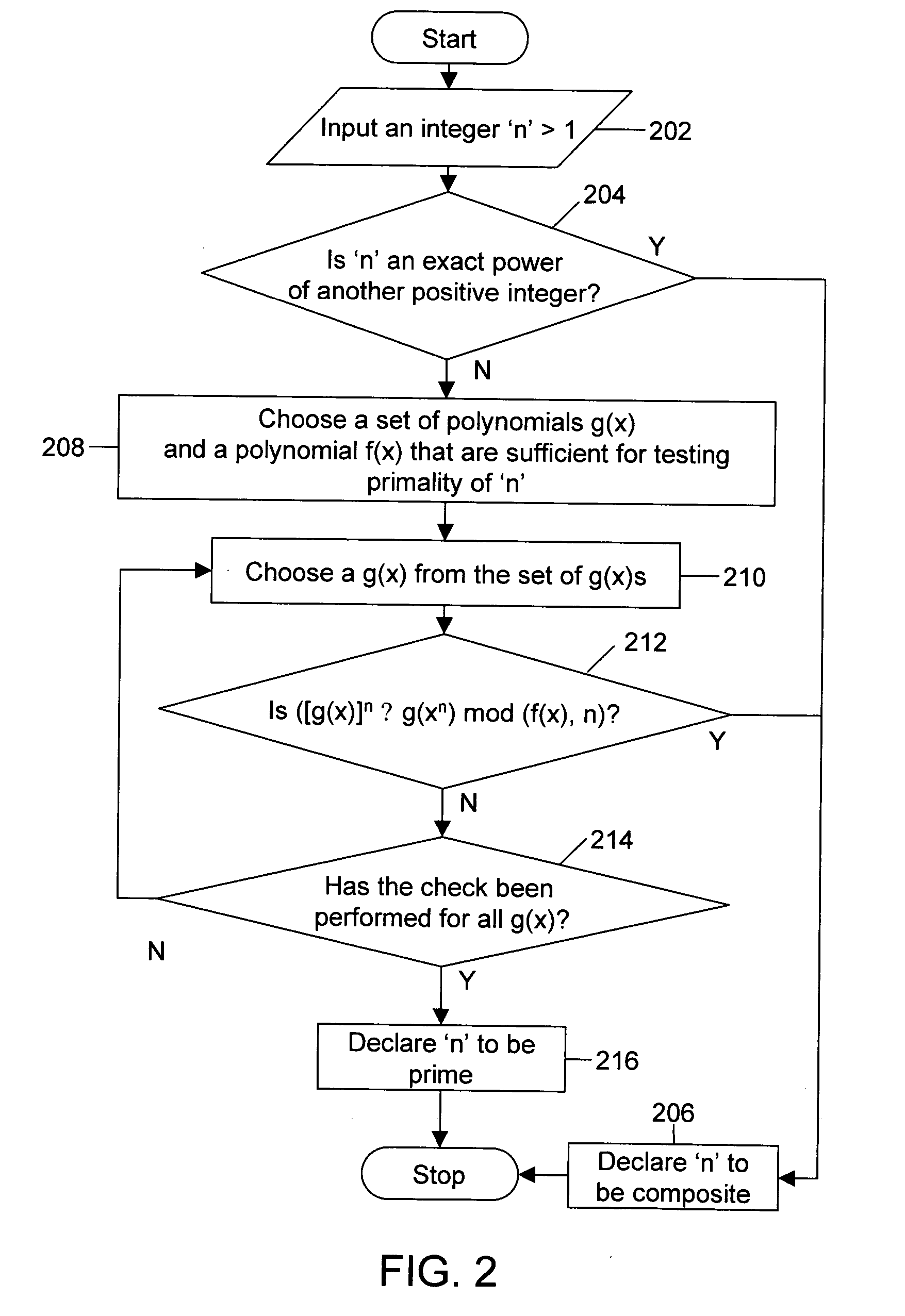Polynomial time deterministic method for testing primality of numbers
a probability-based, number-based technology, applied in the field of probability-based probability-based probability-based probability-based probability-based probability-based probability-based probability-based probability-based probability-based probability-based probability-based probability-based probability-based probability-based probability-based probability-based probability-based probability-based probability-based probability-based probability-based probability-based probability-based probability-based probability-based probability-based probability-based probability-based probability-based probability-based probability-based probability probability probability probability probability probability probability probability probability probability probability
- Summary
- Abstract
- Description
- Claims
- Application Information
AI Technical Summary
Problems solved by technology
Method used
Image
Examples
Embodiment Construction
The disclosed invention is related to generation of prime numbers. Generation of prime number involves generation of a random number, which is subsequently tested for primality. The disclosed invention presents a method of testing the primality of a number deterministically in polynomial time. Here, the term deterministically means that the number is declared to be prime or composite with no probability of error. Further, the term polynomial time means that the time taken to come to the decision of primality is bounded by a polynomial, which is dependent on the size of the input number.
FIG. 1 illustrates a prime number generator 102 interacting with an encryption system 108 according to an embodiment of the disclosed invention. Prime number generator 102 comprises a random number generator 104 and a primality tester 106. Random number generator 104 generates positive integers and is connected to primality tester 106. Further, prime number generator 102 is connected to encryption s...
PUM
 Login to View More
Login to View More Abstract
Description
Claims
Application Information
 Login to View More
Login to View More - R&D
- Intellectual Property
- Life Sciences
- Materials
- Tech Scout
- Unparalleled Data Quality
- Higher Quality Content
- 60% Fewer Hallucinations
Browse by: Latest US Patents, China's latest patents, Technical Efficacy Thesaurus, Application Domain, Technology Topic, Popular Technical Reports.
© 2025 PatSnap. All rights reserved.Legal|Privacy policy|Modern Slavery Act Transparency Statement|Sitemap|About US| Contact US: help@patsnap.com



